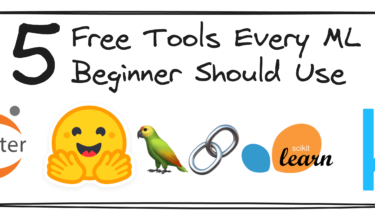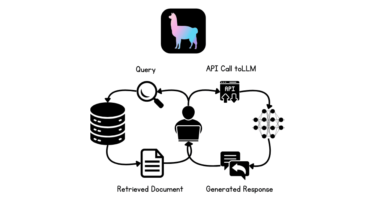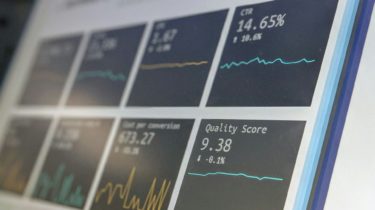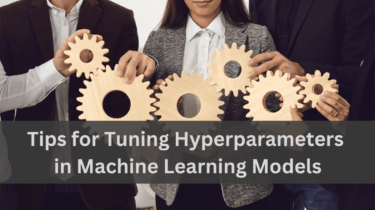One Hot Encoding: Understanding the “Hot” in Data
Preparing categorical data correctly is a fundamental step in machine learning, particularly when using linear models. One Hot Encoding stands out as a key technique, enabling the transformation of categorical variables into a machine-understandable format. This post tells you why you cannot use a categorical variable directly and demonstrates the use One Hot Encoding in our search for identifying the most predictive categorical features for linear regression. Let’s get started. One Hot Encoding: Understanding the “Hot” in DataPhoto by sutirta […]
Read more








